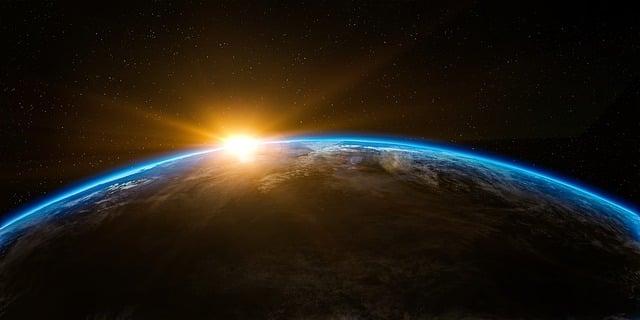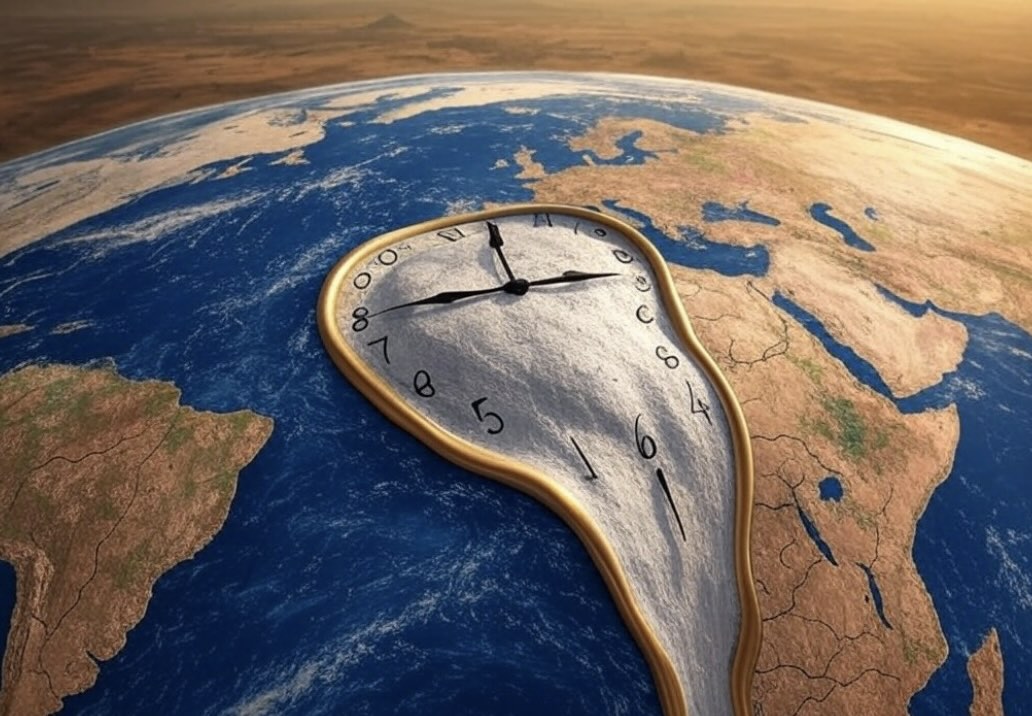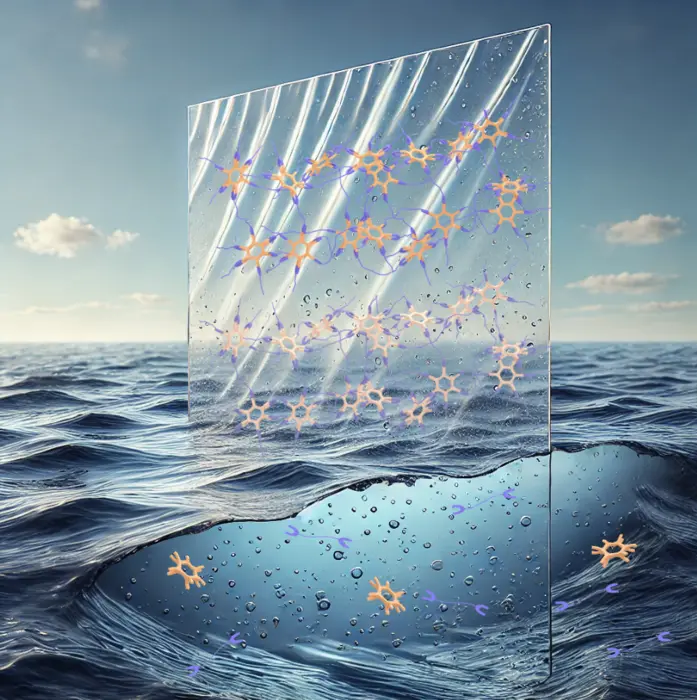
As Europe transitions away from fossil fuels, nuclear energy is back in the conversation. Renewable energy sources like wind and solar are clean, yes, but they’re also unpredictable. Power isn’t always there when you need it. Nuclear, on the other hand, offers a steady, low-carbon supply of power that can keep things running when renewables falter. That’s exactly the potential seen in a recent study from researchers at the Norwegian University of Science and Technology (NTNU).
We’re in the middle of what many are calling an energy revolution. Climate pressures are driving an era of electrification that demands reliable, clean power sources. And nuclear, which has faced decades of public skepticism, might just be a crucial piece of the puzzle, especially when paired with renewables. This growing interest in nuclear signals a shift in thinking about energy’s future. Even tech giants are getting on board; for instance, Microsoft is eyeing a deal to reopen Unit 1 at the Three Mile Island nuclear plant. The price of power there, about $100 per megawatt-hour, is more expensive than solar or wind but speaks to nuclear’s rising value as a stable, year-round energy source.
A Big Role for Nuclear
The NTNU study found that even costly nuclear power could lead to an overall cheaper energy system. How? By cutting down the need for massive grid expansions and storage. It’s a big deal for Europe, where grid upgrades alone would be incredibly costly and time-intensive. Nuclear provides a stable baseline that allows renewables to operate more efficiently without huge storage demands.
Here’s where nuclear really shines: it reduces what’s called “curtailment” of renewable energy. Right now, when wind or solar generate more power than the grid can handle, that excess is often wasted. But with nuclear covering steady demand, renewables can adjust flexibly, avoiding waste. In fact, with nuclear backing them up, solar and wind installations can earn higher returns and better contribute to the energy mix. It’s a cost-efficient setup that also has environmental benefits, since it reduces the need for large land areas covered in wind farms and solar arrays.
The Path to a Cheaper Energy Mix
Based on projected energy demand to reach net-zero by 2050, NTNU’s study outlined the ideal mix of technologies. Whether Europe succeeds in deploying low-cost, standardized nuclear or sticks to slow, high-cost nuclear construction, nuclear is likely to play a major role. The reason? As Europe’s energy needs grow, a steady power supply will only become more essential.
Keeping costs low, however, is critical. The study looked at two cost scenarios: a “low-cost” setup at €4,200 per kilowatt and a “high-cost” one at €6,900 per kilowatt. The cheaper scenario allowed for 59% more nuclear capacity. So, if nuclear is going to work for Europe, getting those costs down is key. Standard reactor designs could help here—like the Barakah plant in Abu Dhabi, which used standardized units to avoid delays and overruns. If Europe can implement similar models, nuclear could remain a leading zero-emission energy source for decades.
Martin Hjelmeland, the study’s first author, emphasized the importance of learning from recent projects: “Expensive nuclear energy will result if society fails to learn from recent projects like the Olkiluoto 3 project in Finland, which took 18 years to construct and bring online,” he said. “It also cost significantly more than anticipated.” In other words, getting nuclear right will take planning, standardization, and a willingness to learn from past mistakes.
Not Every Country Needs Nuclear Equally
Another insight from the study is that nuclear’s role will vary across Europe. Some countries, like Norway, are rich in hydropower—a resource that’s generally more stable and less intermittent than solar or wind. Hydropower can provide a steady supply, making nuclear less necessary in those regions. But in other areas, especially landlocked countries with fewer renewable options, nuclear might be essential to meet demand.
In the end, nuclear isn’t the single answer, but it’s a critical one. As Europe faces mounting energy demands and a pressing need to decarbonize, nuclear could provide the stability needed to make renewable-heavy grids reliable and affordable. The challenges are real, but so is the potential. With the right approach, nuclear energy could be the missing link Europe has been looking for in its green transition.
Reference:
Martin Hjelmeland, Jonas Kristiansen Nøland, Stian Backe, Magnus Korpås. The role of nuclear energy and baseload demand in capacity expansion planning for low-carbon power systems, Applied Energy, Vol. 377, Part A, 2025. https://doi.org/10.1016/j.apenergy.2024.124366.






